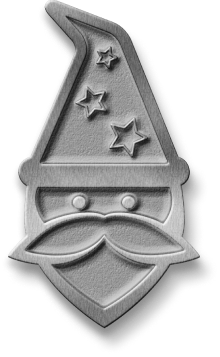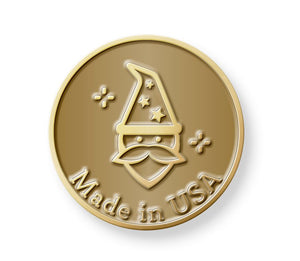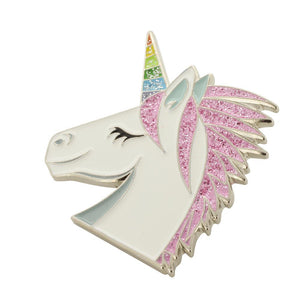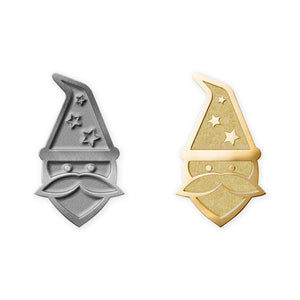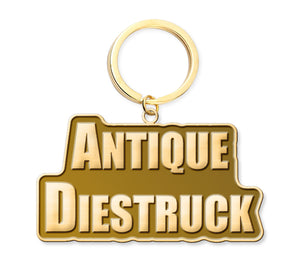Some people use the terms "antique," "vintage," and "classic" interchangeably, but these terms all have distinct meanings when it comes to cars. Vintage cars were produced between 1919 and 1930. Antique cars were produced before 1975. And classic cars were produced in 2000 or earlier. Because there's overlap between these categories, other factors also come into play when discussing old and collectible cars, like their historical significance. Each state has rules about which cars are eligible for different types of special license plates for these vehicles. And some insurance companies also offer different insurance packages for antique, vintage, and classic cars. Most collectors, however, identify their car by the most restrictive category. For example, a 1928 Packard may be called vintage, antique, or classic, but since only cars produced in an 11-year span can be called vintage, it's most likely that collectors would use this label. Car enthusiasts and collectors who want to show off their love of vintage, antique, and classic cars by adding custom enamel pins to their driving jacket or a custom keychain that matches their favorite car. Custom pins and keychains are a great way for auto enthusiasts to easily coordinate their look to their cars, no matter what kind they’re into.
Karl Benz and the First Automobile: 1885-86
Karl Benz, a German engineer, designed and built a gas-fueled engine mounted on a three-wheeled body that was the first working, practical automobile. Benz received a patent for his invention in January 1886. It wasn't until 1891 that Benz built a car with four wheels. The engineer founded Benz & Company in 1900, which would go on to become one of the most recognizable car brands in the world.
Henry Ford: The Automobile Industry and Mass Production
Henry Ford had a simple idea: He wanted to make a car that the masses could afford. The result would be that he would make less money on each vehicle, but he would sell more cars, so he would make more money overall. Designing an affordable car also meant designing an affordable way to manufacture these vehicles. Ford first designed the Highland Park Plant in Michigan with a moving assembly line. Each worker had one job, which was a less expensive and more efficient way to build a car. The first Model T rolled off the assembly line in 1908.
Studebaker
The Studebaker Company was founded in 1852 as a coach-, wagon-, buggy-, and carriage-building company. They released an electric car in 1902 and a gasoline-powered car in 1904 through a partnership with other companies. In 1912, Studebaker released the first car fully manufactured by the Indiana-based company. They experienced moderate success in the ensuing decades but experienced financial problems following World War II. The last Studebaker was assembled in 1966.
Packard
Packard Motor Car Company first sold a car in 1899. The company became known for building luxury autos. Packard pioneered options like air conditioning, 12-cylinder engines, and modern steering wheels. During World War II, the company produced engines for the Army and Navy. But in the post-war era, the company struggled. Eventually, they merged with Studebaker in the 1950s, but it wasn't enough to save the company; 1958 would be the last year that a Packard was produced.
MG
MG was founded during the 1920s as a sports car company. The two-seater open sports car is the best-known MG, but the company also made coupes and sedans. The company changed hands many times, and in 1968, it became a part of the British Leyland Motor Corporation. Currently, the brand is owned by the Nanjing Automobile Group, and the company started producing cars in China in 2007.
Chevy Corvette
Chevrolet debuted the Corvette at the 1953 Motorama Show. Chevrolet's sales were slumping, and the Corvette was the company's gambit to reach new customers by offering a sports car in the style of British cars like the MG. It was a good bet. More than 1.5 million Corvettes have been sold over the decades, and currently, Chevrolet is producing and selling the car's eighth generation, the C8.
Chevy Corvair
The Chevrolet Corvair was available from 1960-69. Chevrolet produced this car to compete with the Volkswagen Beetle, and it was the only American-made passenger car with a rear-mounted engine. The Corvair was available as a sedan, coupe, convertible, station wagon, and passenger van. About 1.8 million cars were produced during the nine-year run of this collectible vehicle.
Ford Thunderbird
Ford has produced and discontinued the Thunderbird twice. The T-Bird was first introduced in 1955 and was in continuous production until 1997. Ford then reintroduced a retro-styled T-Bird in 2002 and discontinued it once more in 2005. The Thunderbird went through 11 different design generations. During those years, the car was available in a variety of body types, including a five-seat convertible and a six-passenger coupe. The 2002-05 Thunderbird was available as a two-seater convertible.
Celebrate the Cars You Love Even if You Don’t Own One: Custom Keychains and Commemorative Coins
Vintage, antique, and classic car enthusiasts often use custom keychains and coins as a way to express their passion, showcase their car collections, and connect with other car enthusiasts. By using custom keychains and coins, enthusiasts not only celebrate their vehicles, but also engage in a culture of craftsmanship, history, and shared appreciation for automotive heritage.
Commemorative Coins
Car Club Membership: Many car clubs produce custom coins as a symbol of membership. These coins often feature the club's logo, an iconic vehicle, or the year of the club's founding.
Event Souvenirs: Car shows and rallies may offer limited edition coins to commemorate special events, such as classic car expos, vintage rallies, or milestone anniversaries of car models.
Collector's Items: Enthusiasts sometimes trade or collect coins that represent specific models, brands, or historic moments in automotive history. These coins can be a fun and unique way to celebrate their love for specific vehicles.
Custom Keychains
Personalization: Enthusiasts enjoy custom keychains designed to reflect their favorite car make, model, or year. These keychains often feature miniature replicas, logos, or even the color scheme of the owner's prized vehicle.
Identification: A custom keychain with the make and model of the car, or its license plate number, is a popular way to personalize car keys and make them easily identifiable, especially for those with multiple classic cars.
Car Club Identity: Similar to coins, car clubs frequently produce custom keychains that members can carry. These keychains often display the club's insignia or an iconic car symbol, allowing members to represent their affiliation.
Showcase at Events: Keychains may also be used as promotional items or small gifts at car shows, where they serve as keepsakes or tokens of appreciation for attendees.
Custom keychains and coins can symbolize an enthusiast's dedication to preserving and restoring vintage, antique, and classic cars. For many, these items are not just practical accessories but also sentimental reminders of the community and their passion for these vehicles.




